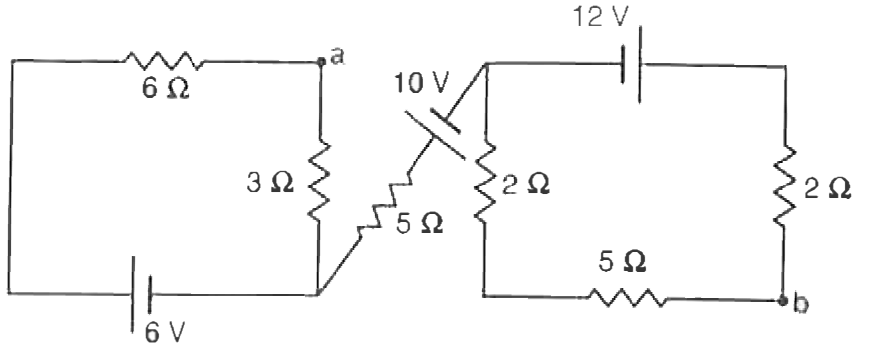Find the potential difference between and N in the given branch of a circuit figure.

Text Solution
Let us have a closed circuit by joining to N with dotted lines. Let the potentials at M and N be VM and VN respectively. Following counter clockwise direction and applying Kirchhoff.s second law, we get
(VN−VM)−4+(0.4×1)+(0.4×2)−6(0.4×1)+(0.4×6)=0
(VN−VM)−10+0.4+0.8+0.4+2.4=0
VN−VM=6V
|
Topper's Solved these Questions
- CURRENT ELECTRICITYBOOK - AAKASH SERIESCHAPTER - CURRENT ELECTRICITYEXERCISE - EXERCISE - IA
2 Videos
- CURRENT ELECTRICITYBOOK - AAKASH SERIESCHAPTER - CURRENT ELECTRICITYEXERCISE - ADDITIONAL PRACTICE EXERCISE (LEVEL -II PRACTICE SHEET (ADVANCED) (Linked Comprehension Type Questions))
9 Videos
- CURRENT ELECTRICITYBOOK - AAKASH SERIESCHAPTER - CURRENT ELECTRICITYEXERCISE - PROBLEMS (LEVEL-II)
27 Videos
- DUAL NATURE OF RADIATION AND MATTERBOOK - AAKASH SERIESCHAPTER - DUAL NATURE OF RADIATION AND MATTEREXERCISE - PRACTICE EXERCISEX
42 Videos
Similar Questions
Knowledge Check

The potential difference between A & B in the given branch of a circuit isA6 VB12 VC9 VD0 V
The potential difference between the points A and B in the given circuit is
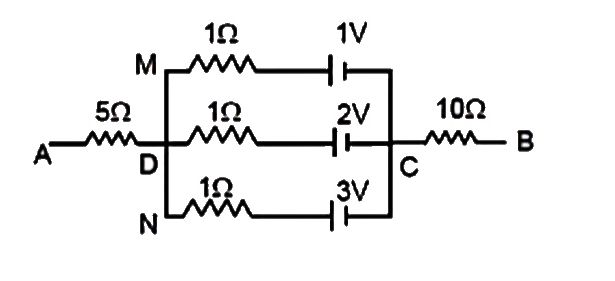
View SolutionFind the potential difference between the points a and b of the circuit (figure6.28) and charge on capacitor 1.
View SolutionFind the potential difference between the points a and b of the circuit in figure 6.25 when the battery has an emf of 110 V.

View SolutionDetermine the potential difference between X and Y in the circuit shown in figure.
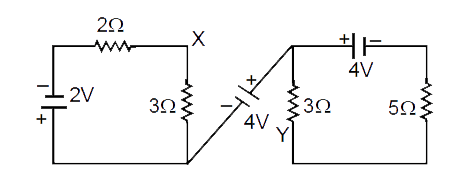
View SolutionFind the potential difference between A and B as shown in the figure
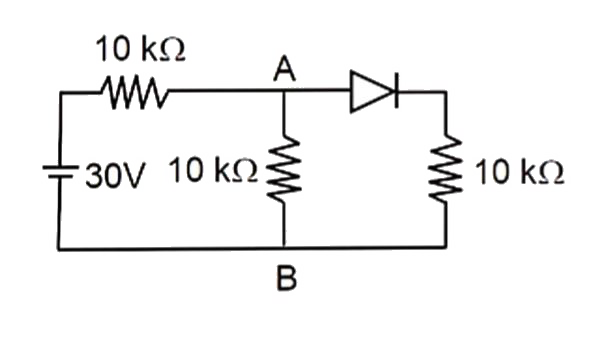
View SolutionFind the potential difference between A and B as shown in the figure

View SolutionDetermine the potential difference between X and Y in the circuit shown in Figure.
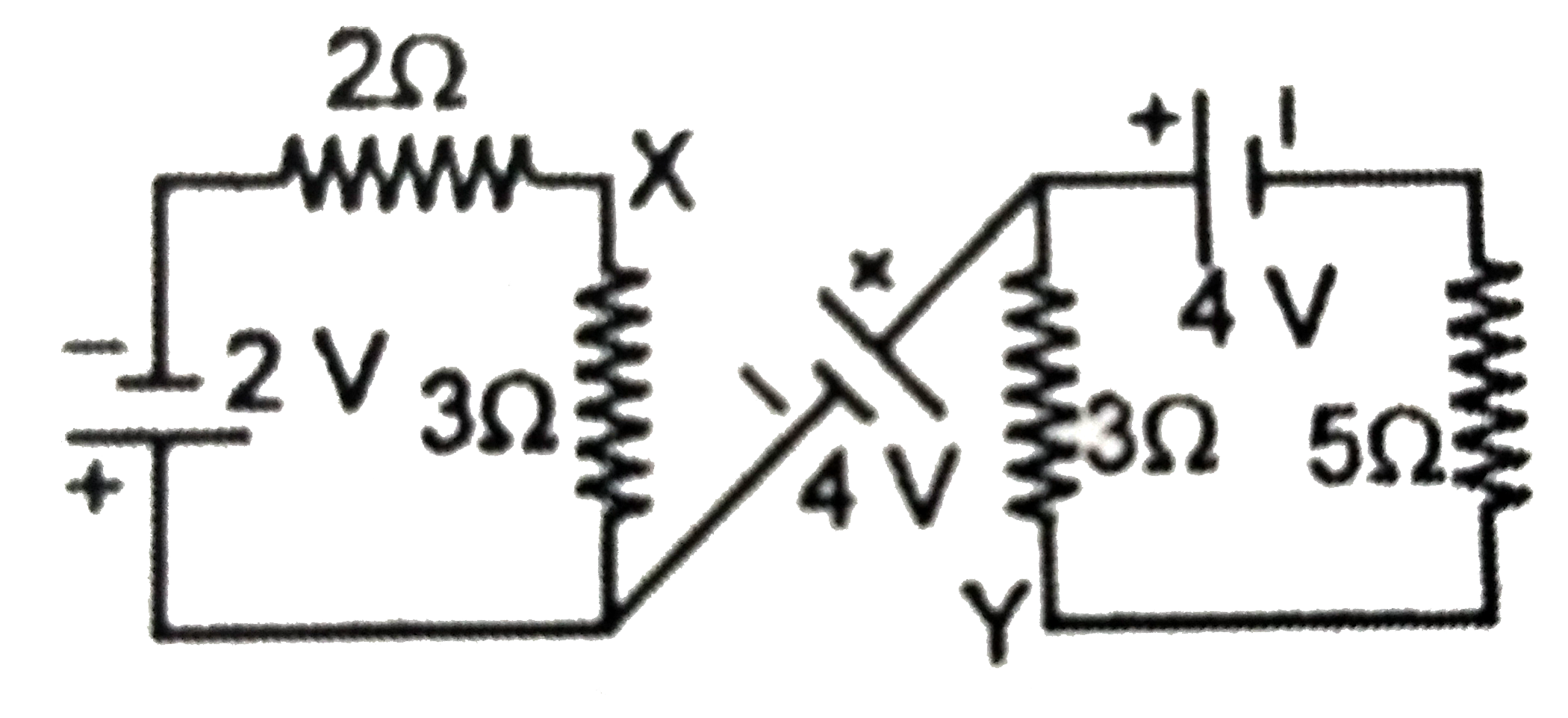
View Solution

